Nothing’s quite like the taste of home-grown cucumbers fresh from the garden. Whether you're a seasoned green thumb or just starting out, cucumbers are an ideal addition to your summer veggie patch.
While they might not look as polished as the store-bought variety, their sweet, refreshing flavour makes up for it. Home-grown cucumbers are so delicious that even the kids can’t resist eating them straight off the vine!
Cucumbers are creepers, so they require some space or vertical support. Training them to grow on a trellis is perfect for those with smaller raised garden beds or limited space.
Cucumbers are prolific growers and will thrive between July and March in warmer climates and between September and January in temperate zones. Though they do need some care, these green beauties will help you stay as "cool as a cucumber" during the hot summer months!
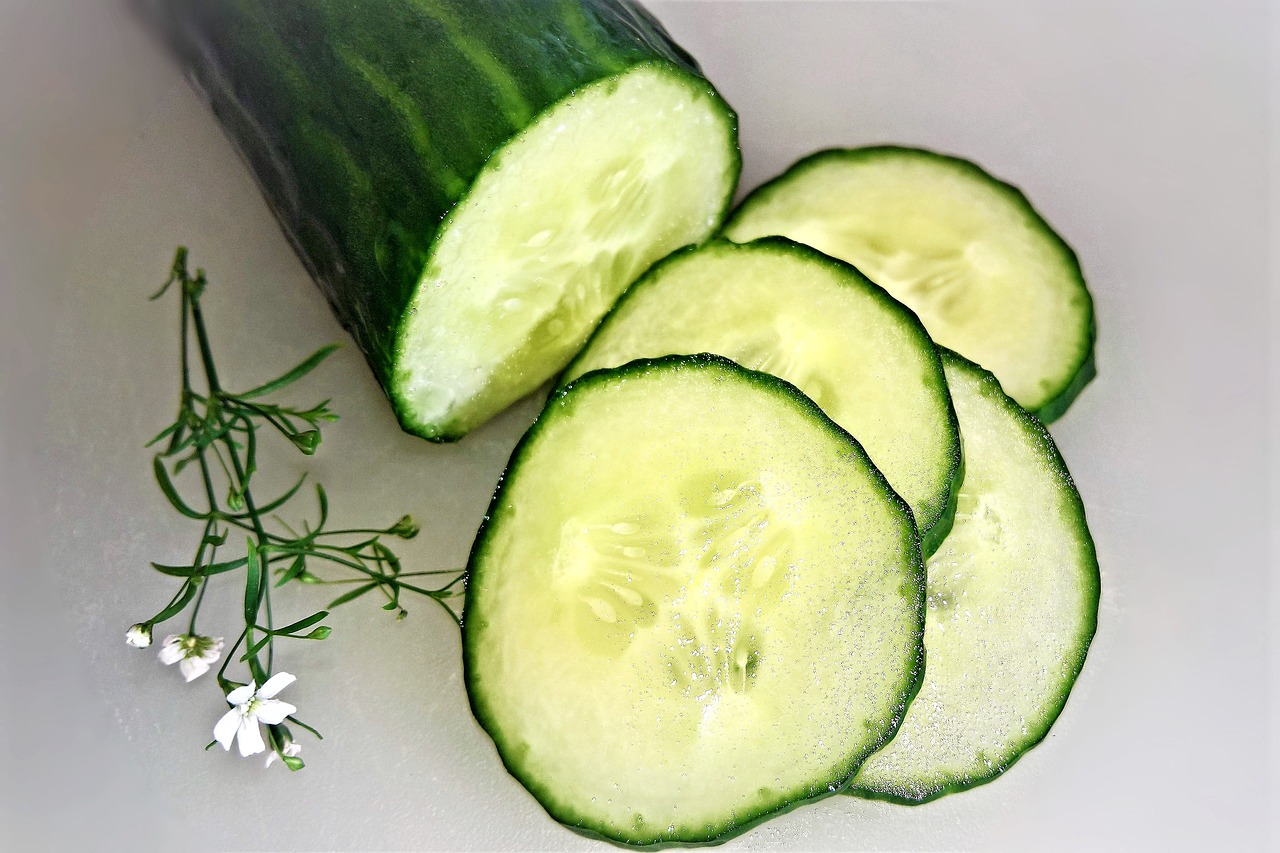
Cucumbers aren't just a tasty snack—they’re also packed with health benefits that make them a great addition to your diet. Since they’re made up of 96% water, cucumbers are a fantastic way to stay hydrated, particularly for kids who are too busy playing to remember to drink enough water. The high water content also makes cucumbers low in calories, making them a great option for a light, healthy snack.
In addition to hydration, cucumbers are a good source of several important nutrients, including:
Cucumber slices are also a natural remedy for soothing tired eyes. Placing cool cucumber slices over your eyelids helps reduce puffiness and refreshes the skin, making them a go-to for quick beauty treatments.
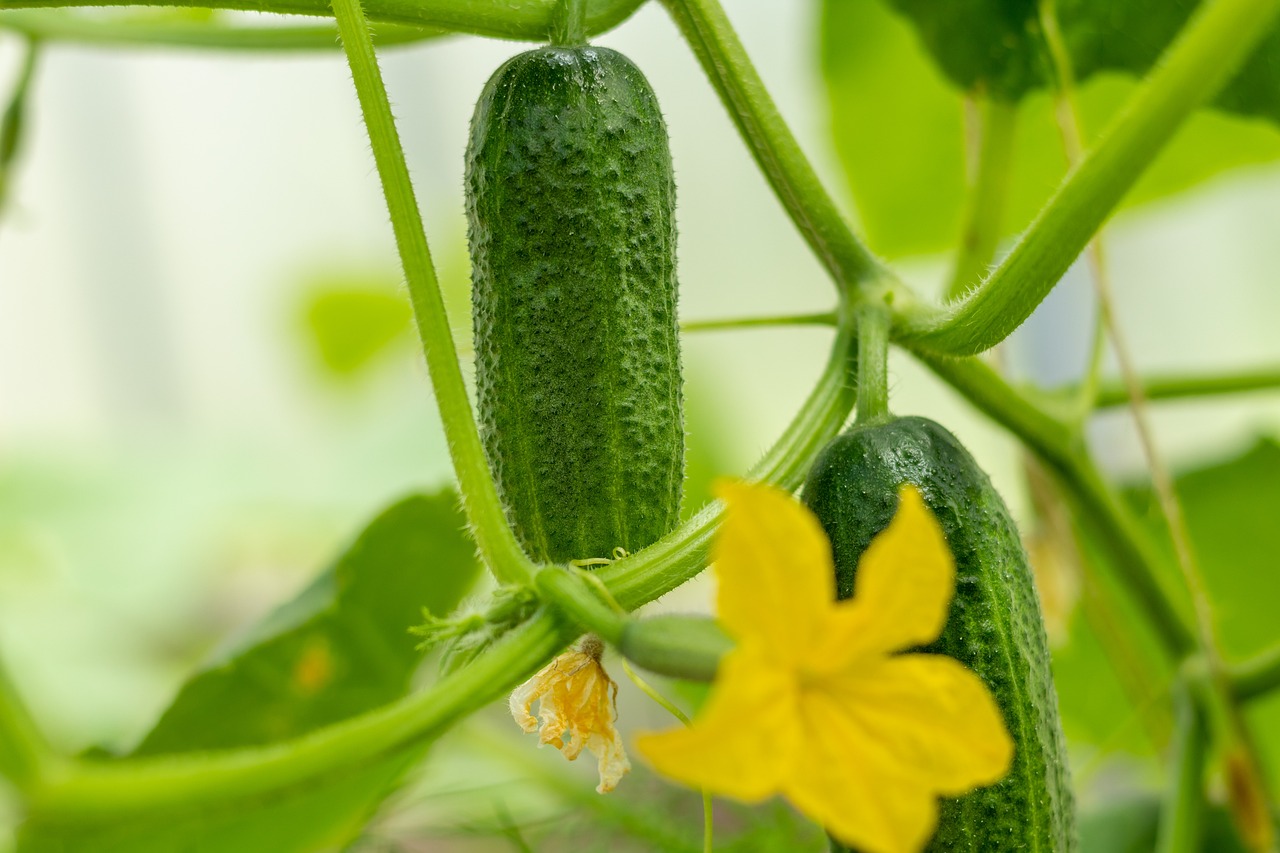
Before you plant cucumbers, gathering all the necessary tools and supplies is essential. This will ensure a smooth growing process and a healthy crop. Here’s what you’ll need:
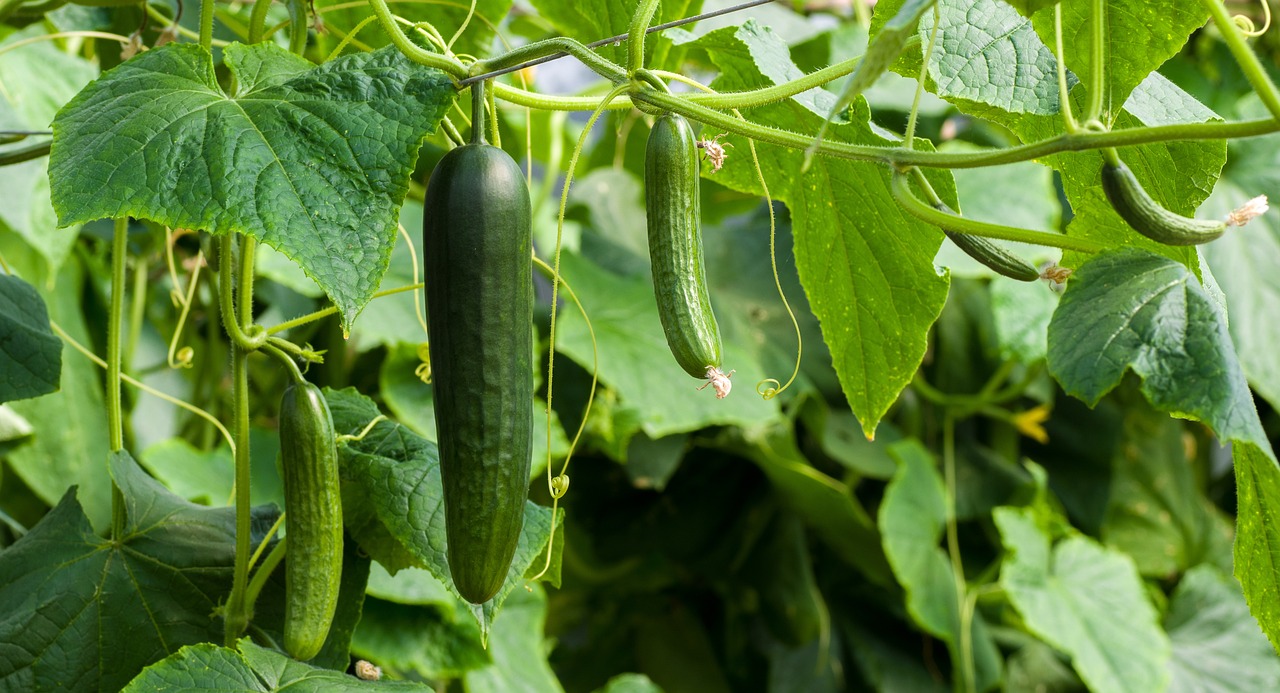
Growing cucumbers can be a rewarding experience with the right steps in place. Here’s how to cultivate healthy plants that yield a delicious harvest:
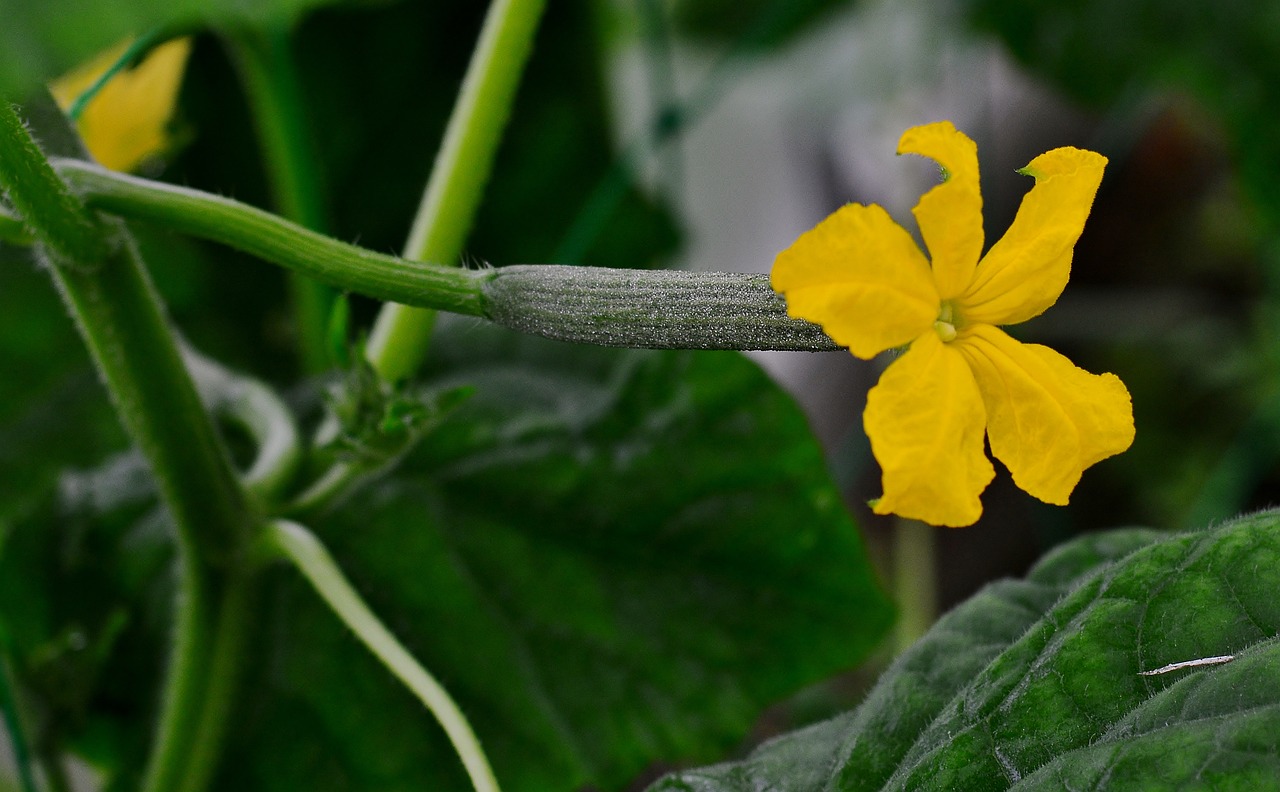
Cucumbers are typically ready for harvest 50 to 70 days after planting. The best time to pick cucumbers is when they’re still young and tender, usually around 15-20cm long.
Overripe cucumbers can become bitter and seedy, so check the vines regularly during the growing season. The more you harvest, the more the plant will produce, so frequent picking is key to a plentiful crop.
For those looking to maximise their cucumber harvest, here are some extra tips to ensure a successful crop:
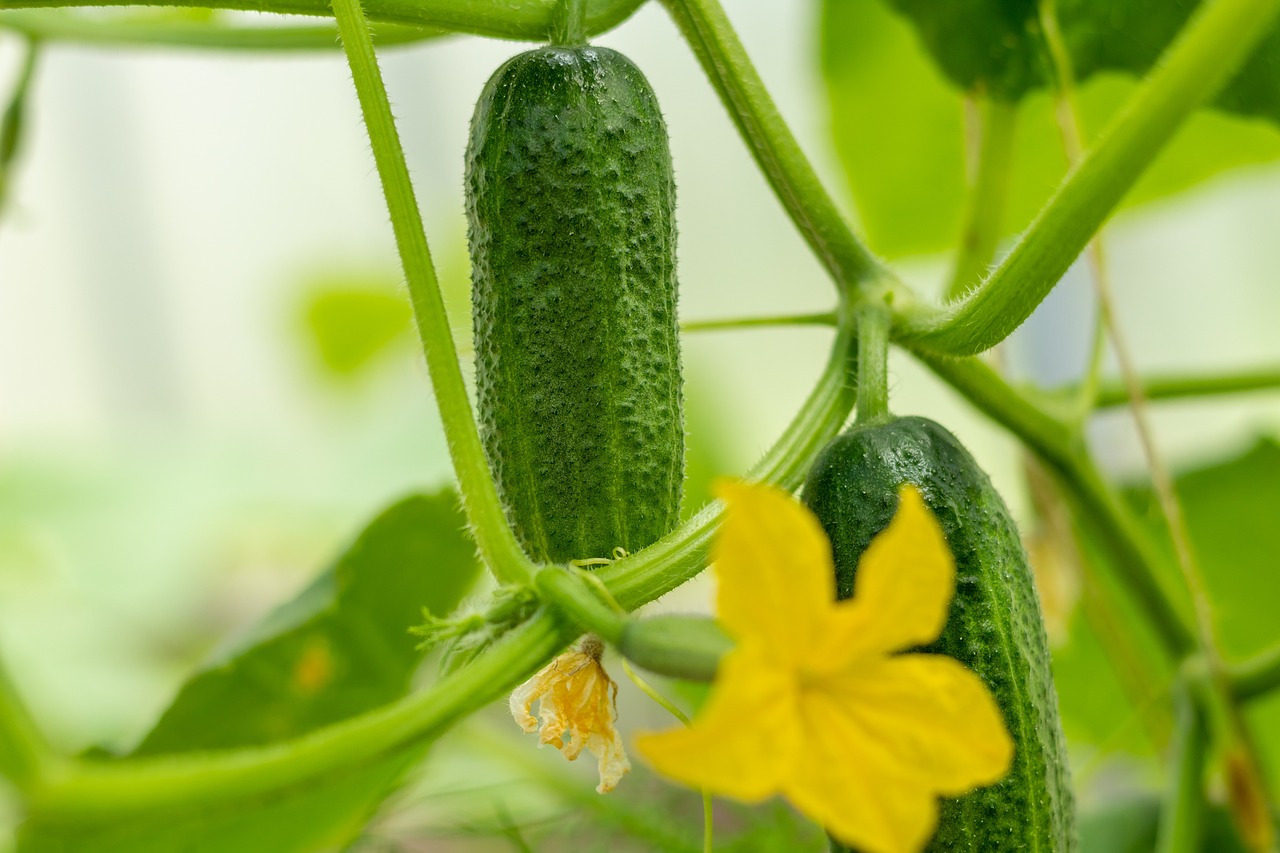
Low on space? Cucumbers can be grown in raised garden beds, and they often thrive in this type of environment. Raised beds offer many benefits that are particularly well-suited to cucumber cultivation, making them a popular choice among gardeners. Here’s why growing cucumbers in raised garden beds is an excellent option and how to do it successfully:
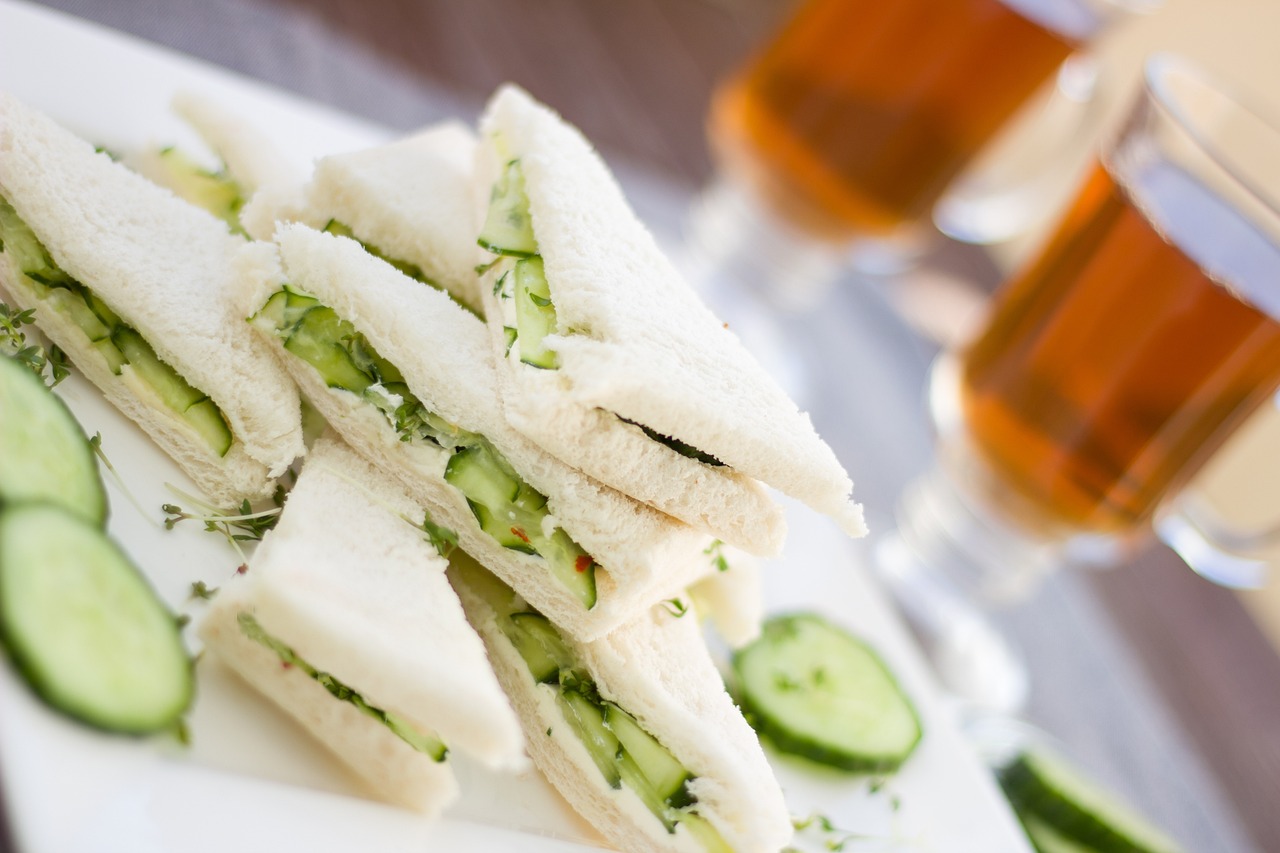
Once you've harvested your cucumbers, the possibilities are endless. Whether you’re adding them to salads, slicing them for snacks, or using them in summer drinks, their crisp, refreshing flavour is perfect for summer meals. One family favourite is Aunty Court’s Cool as a Cucumber Sandwiches, perfect for an afternoon tea or picnic.
Ingredients:
Method:
These sandwiches are delicious and incredibly refreshing, making them an ideal choice for a light lunch or snack on a hot day. The delicate flavours of lemon, dill, and cucumber come together to create a simple yet elegant dish. The butter provides richness, while the cucumber adds a cool, crisp texture that contrasts beautifully with the soft bread.
If you’re looking to branch out and try other ways to use your cucumber harvest, here are a few more ideas:
With so many delicious ways to use cucumbers, there’s no doubt that these versatile veggies deserve a place in your summer garden and kitchen. Cucumbers are the perfect summer companion, whether you’re making cool sandwiches for a picnic, preparing a refreshing salad, or simply enjoying them fresh from the vine!